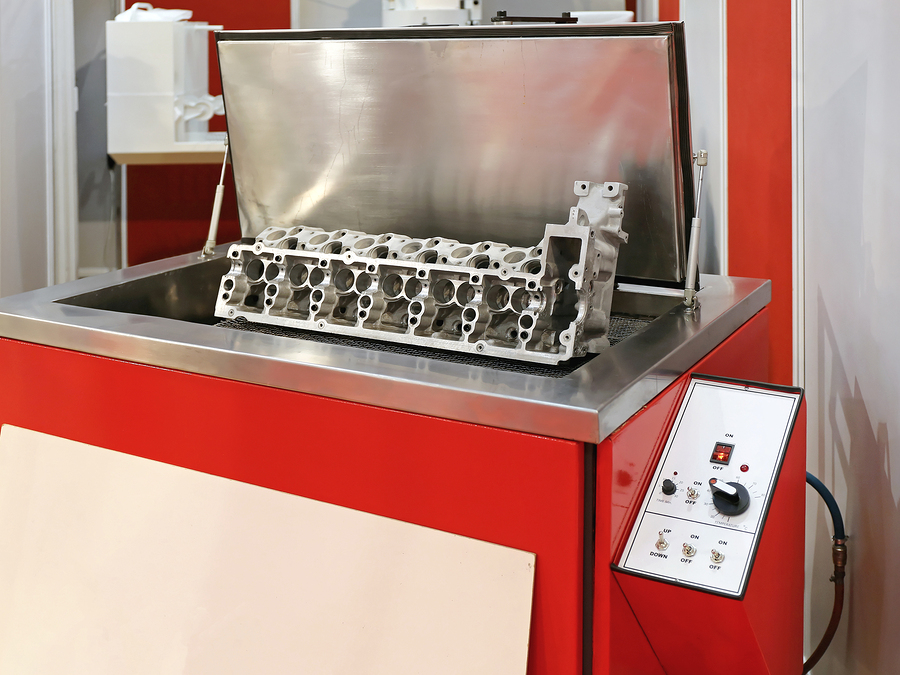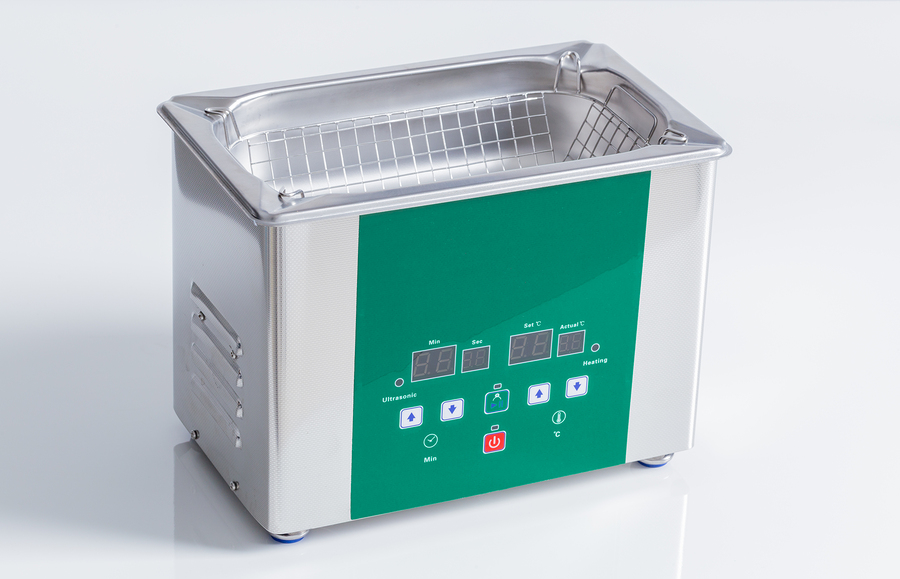Ultrasonic equipment is a staple in many factory settings, used in a variety of applications such as density testing or flaw detection. But if the ultrasound equipment itself isn’t working properly, it nullifies the efforts of the person using it. As a result, all types of issues can go undetected because of a faulty ultrasonic device.
To ensure your ultrasonic equipment’s integrity — and, in turn, the integrity of any equipment you’re evaluating — it’s crucial to test your devices with routine frequency. Let’s take a look at the maintenance tests you should run on every ultrasonic device.
Functionality test
A functionality test is simply a comprehensive test of the equipment to ensure it’s working properly and performing as intended. Many manufacturers also call this a Factory Acceptance Test (FAT). FATs can vary from facility to facility but usually take the same format:
- Turn the device on and off to make sure it’s powering appropriately.
- Test its function to make sure readings are displaying — accurately or not.
- Make sure all features and operations work when selected.
- Confirm that all mechanical and visual components are in good condition.
FATs are simply about making sure your device works. Further testing will establish accuracy and troubleshoot problems. This initial type of test is solely to determine the ultrasonic equipment is functional.

Power consumption and frequency validation
If the ultrasonic device is functional, further testing is necessary to validate its operation. Specifically, a tech needs to perform power consumption and frequency tests to ensure the device is operating within safe, reliable limits.
- Testing power consumption against factory standards will ensure the device isn’t operating at unsafe levels and that the circuitry isn’t at risk of overheating, melting, or brown-outs.
- Frequency validation ensures ideal wave propagation by the device, resulting in accurate acoustics and overall better performance from ultrasonic devices.
Input and output both need to be accurate for your ultrasonic device to function as intended. Problems with input can hinder function; issues with output yield inaccuracies in data.
Portable appliance testing
Portable Appliance Testing (PAT) is a general electrical safety inspection. It involves running a series of electrical diagnostic tests to ensure the device isn’t experiencing any electrical faults that may shock the user or impair the equipment.
More than just for safety and efficacy, PATs are also useful for determining the integrity of old models of equipment and can help manufacturers decide whether to invest in newer equipment.
Testing ensures integrity
Thorough testing of ultrasonic devices is the best way to make sure they’re working properly on-demand. Because this equipment is sensitive in nature and easily impacted by faults or flaws in the device’s function, testing should be routine and encompassing. Good practice is to visually inspect ultrasonic equipment each time it’s used, with PATs, FATs, and validation tests scheduled annually or biannually.
